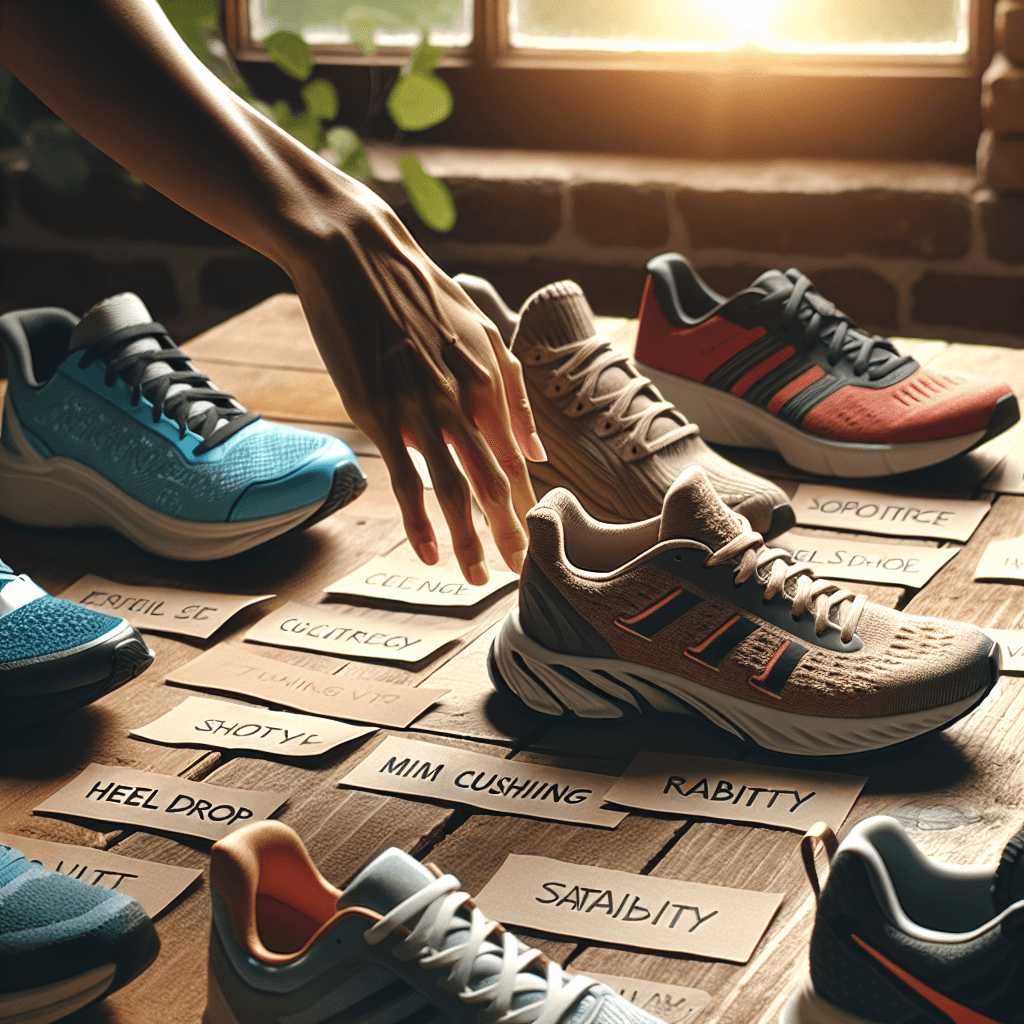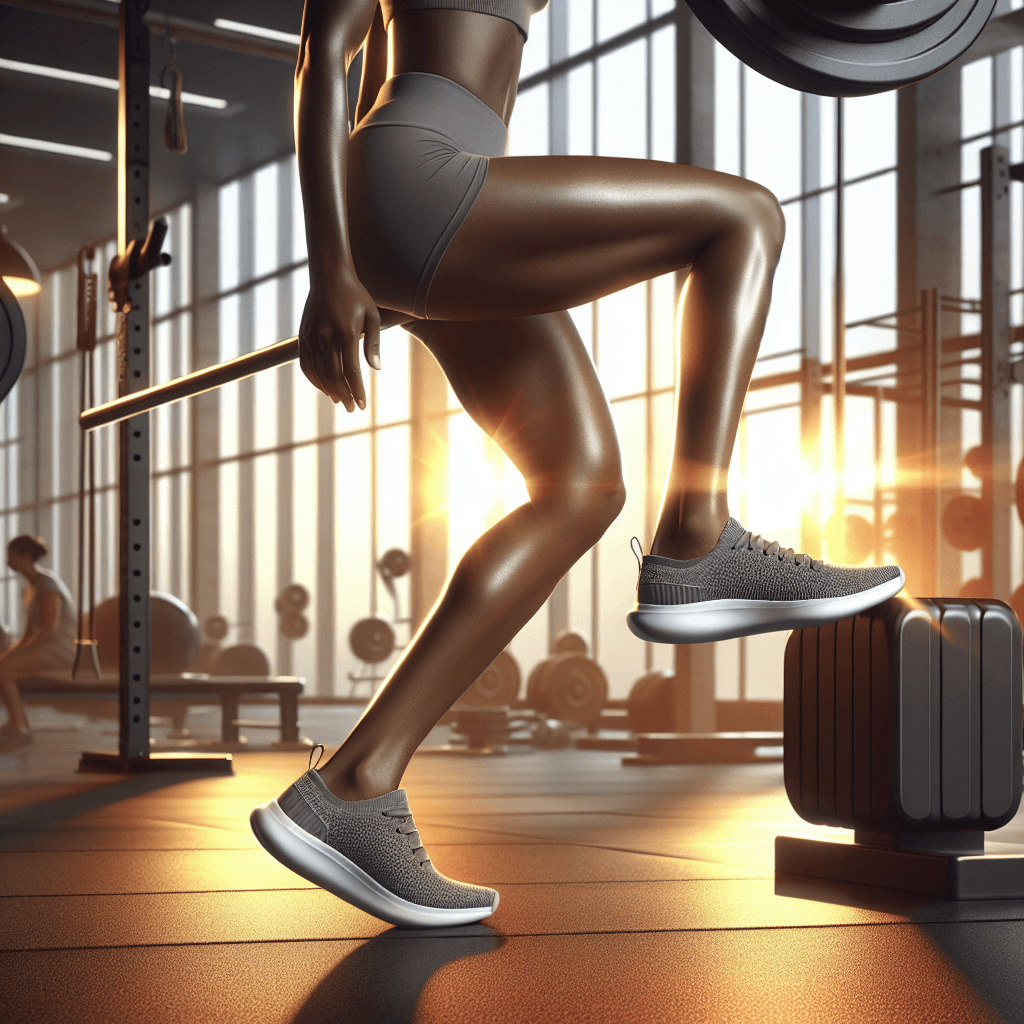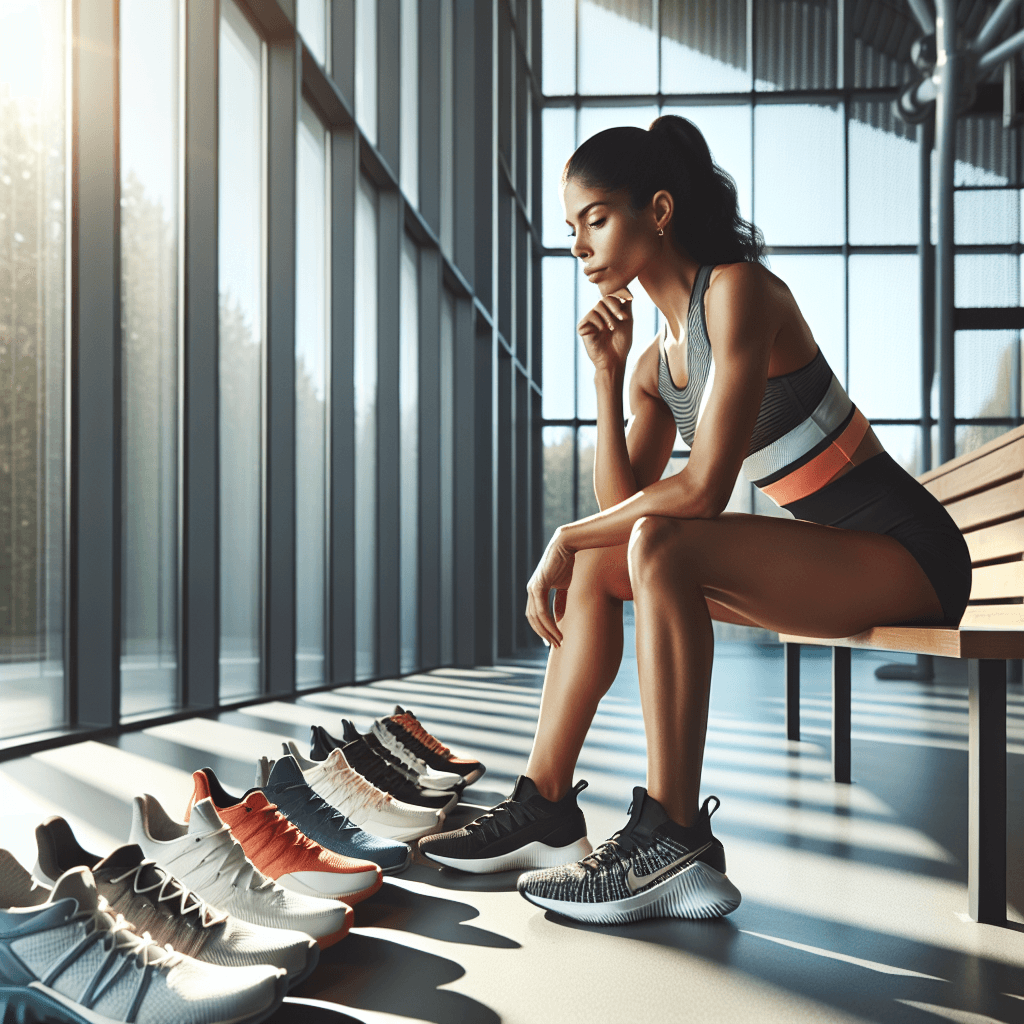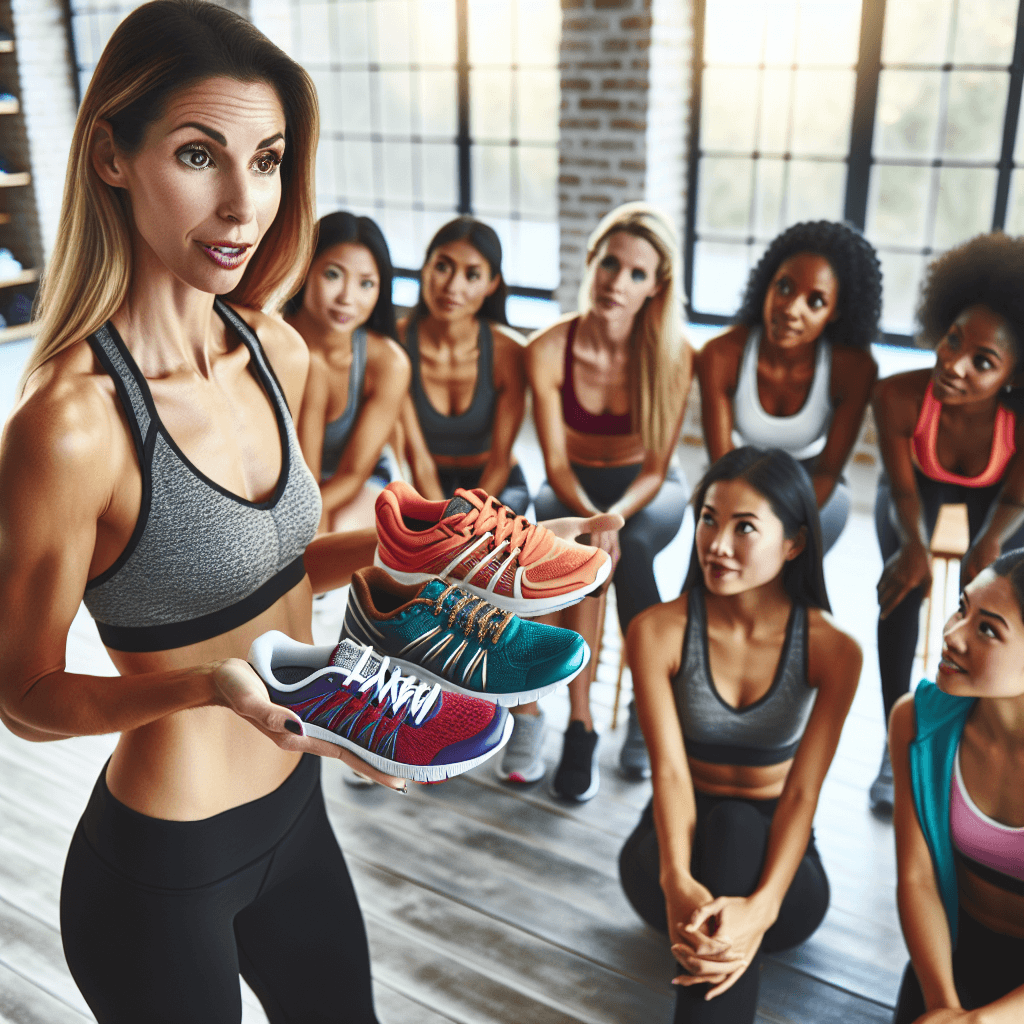
Top Workout Shoes for Women Recommended by Experts and Trainers
Category: fitnessPublished: 10/12/2025Views: 97Likes: 79
Finding the Perfect Workout Shoes for Every Woman
When you think about finding the ideal workout shoes, you might imagine one perfect pair that can handle absolutely everything — from pounding the pavement during a marathon to smashing new personal records in the weight room, all while looking stylish enough to wear out and about. However, as much as we’d love a single shoe to do it all, the reality is that no sneaker is truly built to perform perfectly across every activity.
In the world of fitness, different workouts demand different kinds of shoe support, cushioning, and stability. Running shoes tend to have extra cushioning to protect your joints from impact, but that cushiness can sometimes make them less stable for weightlifting, where a close connection to the ground is essential. On the other hand, shoes made for lifting usually have minimal cushioning and a flat sole to maximize stability but may not offer the comfort you need for running or HIIT classes.
Why Choosing the Right Shoe for Your Workout Matters
You might wonder, can’t I just wear the same shoes for lifting and running? It’s tempting, but here’s why you should think twice. Running shoes often feature thick cushioning that absorbs shock well, which is great for protecting your joints during runs. Yet, this added cushion lifts your feet away from the floor, compromising the stability you need when lifting heavy weights. Experts agree that during lifting, your feet should have direct contact with the ground to provide stability and support as you push and pull.
Another important detail is the heel-to-toe drop, which is the height difference between the heel and the front part of your shoe. For lifting, shoes with a low or even negative drop are preferred because they help you drive power through your heels. Meanwhile, running shoes usually have a higher drop, around 8mm or more, to reduce strain on tendons and tissues like the Achilles and plantar fascia during repetitive strides. This means if you mostly lift weights, go for shoes with a low or flat drop, while runners will benefit from a higher heel-to-toe drop.
If you think it’s unrealistic to own multiple pairs of shoes for different workouts due to budget or space limitations, no worries. The key is to pick the shoe that fits your most frequent activity and focus on doing that part of your training in the right footwear. And as a bonus tip, some trainers even prefer lifting barefoot if they wear running shoes; this helps engage the foot muscles naturally and improves stability.

What to Look for When Shopping for Workout Shoes
When shopping, keep cushioning in mind. Cushioning helps absorb impact when you’re moving, but the right amount depends on your workout. For running, you'll want shoes that offer substantial cushioning to protect your joints during prolonged impact. For HIIT workouts that involve jumping and quick movements, a medium cushion is ideal to balance shock absorption and responsiveness. In strength training or lifting, minimal cushioning will help you maintain the connection with the ground and better balance.
Aside from cushioning, pay attention to the heel-to-toe drop. A drop of 8 to 12 millimeters is favoured for running shoes to ease tendon stress, but for HIIT workouts, a lower drop is better for agility and dynamic movements. When lifting weights, a shoe with a nearly flat or zero drop supports proper form and stability.
Finally, don’t underestimate the importance of wearing the right size. Feet can change over time due to aging, pregnancy, or other factors, so it’s smart to get fitted professionally at least once a year. Wearing shoes that are too small can cause discomfort, blisters, or long-term foot problems, so it’s worth the effort to find a pair that fits your foot shape correctly, whether your feet are narrow, wide, or somewhere in between.

Top Workout Shoes Recommended for Women: Styles and Uses
Here are some of the best workout shoes tailored to various types of exercise, based on expert advice and our thorough testing:
1. Best Overall Workout Shoe: These shoes are versatile enough to handle running, gym sessions, and group fitness classes. They offer a nice balance of cushioning and bounce without feeling too bulky. Just keep in mind, for heavy lifts like deadlifts or squats, you might want to switch to something with less drop or go barefoot to maintain stability.
2. Best HIIT Shoe: These shoes provide a stable, reinforced heel for lifting along with a flexible forefoot for fast, agile movements like jumps and sprints. They’re durable and made to handle varied, high-intensity workouts.
3. Best for Studio Classes: Designed specifically for dance fitness and low-impact studio workouts, these shoes have a unique outsole with pivot points, making spins and quick turns easier and reducing strain on your feet. They also tend to have a narrower heel and wider toe box to accommodate natural foot motion and comfort.
4. Best Running Shoe: Perfect for long-distance runners or those who log a lot of miles, these shoes have excellent arch support and interior padding to minimize impact on your feet and joints. They’re cushioned enough to keep you comfortable on tough terrain or pavement.
5. Best Strength Training Shoe: For those focused on lifting and CrossFit-style workouts, these shoes offer a spacious toe box and a barefoot feel that enhances ground connection and balance. Despite their flat sole, they still provide enough cushioning for comfort during other activities.
6. Best Walking Shoe: If walking is your go-to workout, look for shoes with a stable heel and a firm yet cushioned sole. These shoes are also versatile enough for some light running and weight training, making them great for everyday wear and a variety of fitness activities.
Stay Updated with Women's Spot Insights
Get the latest women's health tips, wellness advice, and expert insights delivered directly to your inbox.
We respect your privacy. Unsubscribe at any time.

Expert Advice and Final Tips for Your Shoe Selection
Professional podiatrists and trainers emphasize choosing workout shoes that match your individual needs and the type of exercises you do most often. They recommend balancing cushioning, heel drop, and fit to avoid injury and maximize your performance. Remember, what works well for a runner might not be the best choice if you’re mostly in strength training or high-impact classes.
Take time to try on shoes later in the day when your feet are more swollen for a realistic fit, and pay attention to how the shoe feels during movement, not just standing still. Also, keep in mind that shoe technology and design continue to evolve, so staying updated with the latest models can be beneficial to your training and comfort.
Ultimately, wearing the right sneakers can make a huge difference in your workouts—helping you move with confidence, avoid pain, and reach your fitness goals. Whether you prefer pounding the pavement, lifting heavy, or dancing your way through a class, there’s a perfect pair out there waiting for you.
Comments
No comments yet. Be the first to share your thoughts!